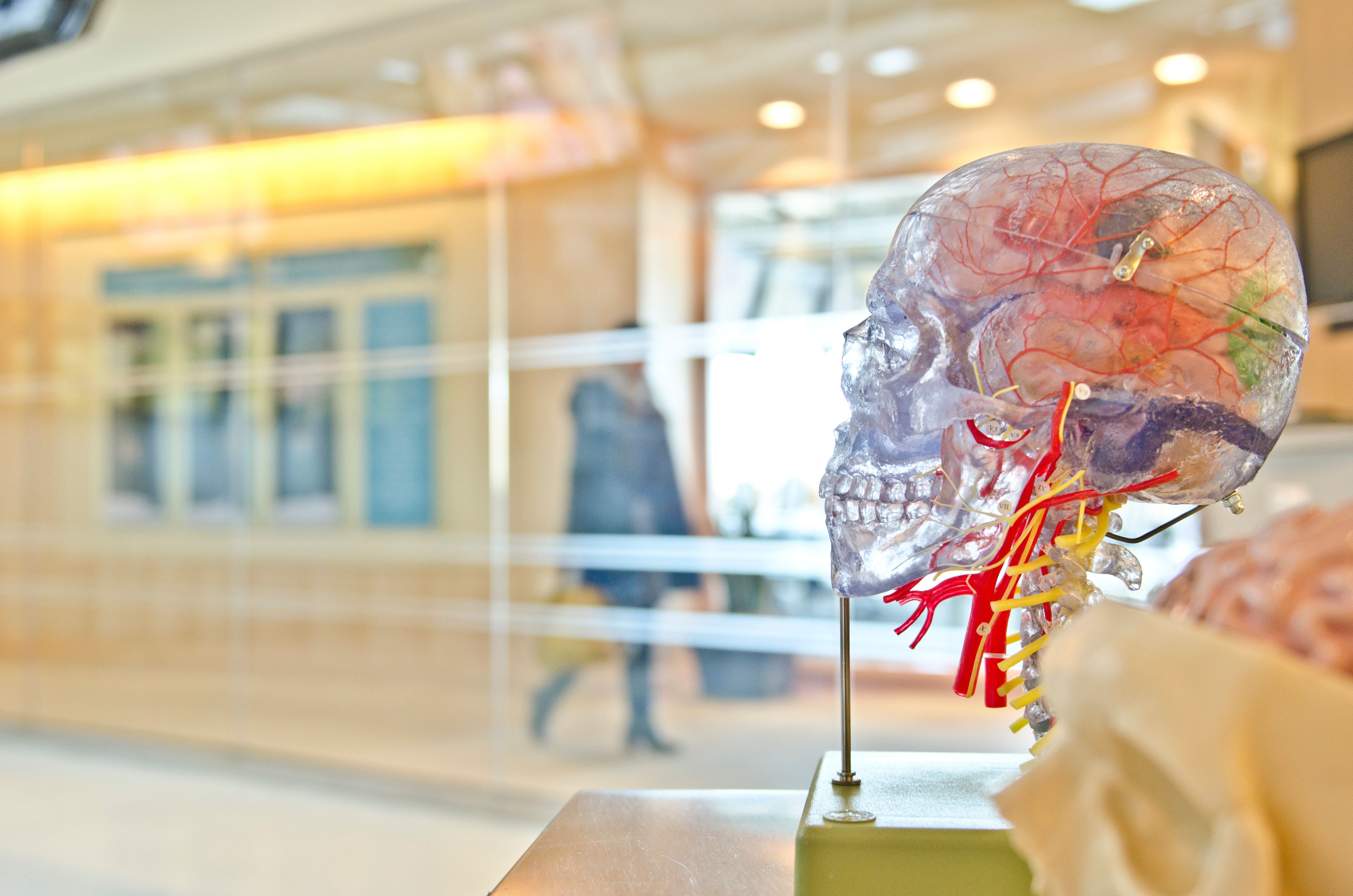Could 3D printing be the key to healing broken bones?
Advances in 3D printing have a vast array of applications within the field of medicine, including printing tissues, organs, implants, and prostheses. Using this technology, a team of researchers at the University of Sydney have developed a 3D implant which could mend broken bones.
Led by Professor Hala Zreiqat, a team of researchers at the Biomaterials and Tissue Engineering Research Unit from the University of Sydney have developed a 3D printed ceramic implant that mends broken limbs by gradually blending into natural bone. Their initial success came in 2013, when testing the implant on rabbits with fractures; the implants were found to be effective in reducing the recovery time.
The implants were found to be effective in reducing the recovery time
Following on from that experiment, the team then tested the implant on eight sheep with fractured legs. For the first month after the sheep received the implant, the sheep were fitted with casts on their legs for support. All the sheep could walk immediately after the operation took place. Within 3 months, two of the sheep’s fractures were completely healed. All the sheep’s fractures, with the exception of one, were completely healed after a year.
The implant is porous and effectively a ‘scaffold’ that the bone can grow through, and for all the sheep in the study, the implant eventually completely dissolved, leaving behind a newly formed natural bone in its place. Some fractures are currently repaired using metal screws, rods and plates which permanently remain in the body. The utilisation of this implant avoids any permanent artificial changes to the patient’s body. The implant combines both the biological and mechanical advantages of real bone. Because the implant eventually dissolves leaving behind natural bone, it means the bones would have the same strength as prior to the fracture. However, this could be a problem if the patient has a condition that results in poor bone structure, which could have been what caused the fracture in the first place.
The implant is porous and effectively a ‘scaffold’ that the bone can grow through
The implant, although synthetic, is composed of similar materials to that of natural bone already present in the animals’ body, and therefore shares some of its biological advantages. None of the animals’ immune systems recognised the implant as foreign, so none of them rejected the implant. Immunosuppressant drugs are used in surgery to inhibit the immune system when it is expected that the patient’s body will reject the transplanted material. This means that immunosuppressant drugs may not be required if this becomes a standard treatment for fractures. This could be beneficial, as a patient is more vulnerable to infection when taking immunosuppressants, and often will have a long-term dependence on immunosuppressant drugs to prevent immune responses to the foreign material.
In the near future, the implant could be used as an effective treatment for humans. Whereas before when the healing process has been long and painful, featuring frequent follow-up trips to hospitals and health services, fractures could be healed faster and with less pain.
In the near future, the implant could be used as an effective treatment for humans
3D printing also allows for flexibility of design and means that the implant can be constructed in a way that matches the patient’s damage. With 3D printing technologies such as the Cortex cast, it is possible to 3D print a cast that perfectly fits the patient, providing better support. A 3D scanner can be used to generate a model of the patient’s limb. This can be combined with the information gathered from an X-ray scan of the fracture to design a cast tailored to the patient and their break. The cast could be printed and used in conjunction with the 3D printed implant to further improve the healing of fractures.
3D printing could be utilised for the artificial repair of many other parts of body. It is theoretically possible that we will at some point be able to 3D print most structural parts of the human body and would be able to replace body parts that fail to repair naturally.

Comments